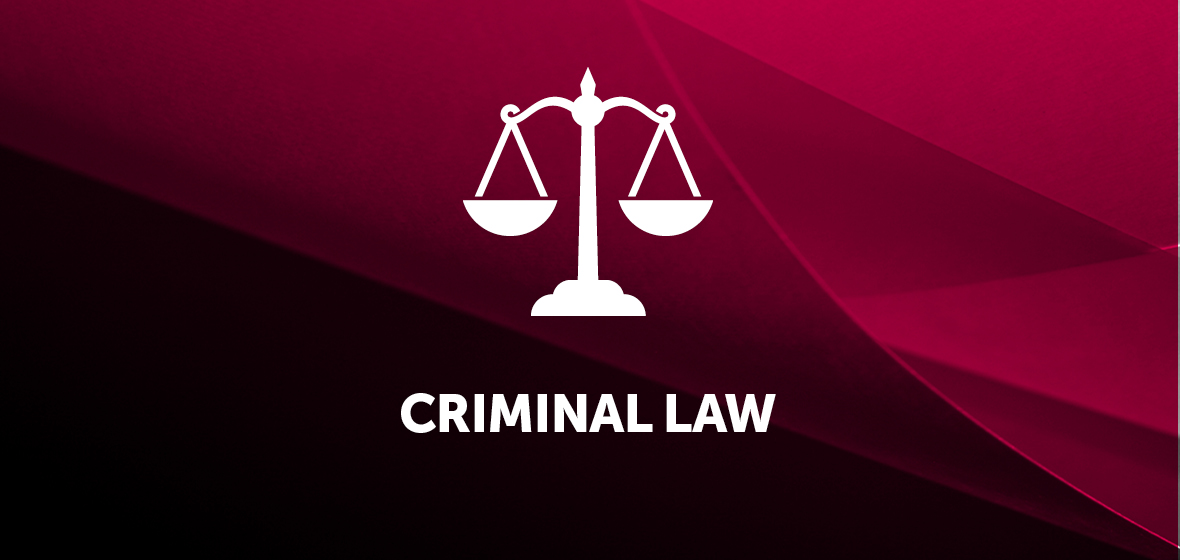Key decisions
- Meoli v R [2021] NSWCCA 213
- Lunney v Director of Public Prosecutions [2021] NSWCA 186
- Nasrallah v R [2021] NSWCCA 207
Meoli v R [2021] NSWCCA 213
Sentencing – rehabilitation vs unlikelihood of reoffending – what it means to be distinct & separate
In this decision the Court of Criminal Appeal (‘CCA’) has held that whilst prospects of rehabilitation, and unlikelihood of reoffending are separate and distinct factors, the burden of establishing the latter falls on the offender – and in any event the two issues will often be co-extensive.
The applicant pleaded guilty to five drug offences (three Commonwealth, two State), a weapons offence, and miscellaneous minor matters. The effective sentence was 7 years with a non-parole period of 4 years and 9 months. The sentencing judge had made an explicit finding about prospects of rehabilitation – just not a separate and distinct finding about reoffending. Recent authority (TL v R [2020] NSWCCA 265 at [369]) had echoed earlier decisions in holding that the issues of an offender’s prospects of rehabilitation and likelihood of reoffending are separate and distinct. He appealed on grounds including that the sentencing judge had failed to assess whether he was likely to reoffend.
Simpson AJA (with whom Bathurst CJ agreed; Bellew J also agreeing, with brief additional reasons) reviewed the authorities on the question of what the Crimes (Sentencing Procedure) Act (‘the Act’) means when it uses the word ‘rehabilitation’. In order to accept that the concepts of rehabilitation and likelihood of reoffending are distinct needs no more than recognition that the two concepts appear, sequentially but separately, in the subsection. There could be no clearer indication that the legislature considered them distinct – even if they had not bothered to explain the distinction (at [38]). It follows, where it is relevant and known to the Court, that unlikelihood of reoffending is to be taken into account separately and distinctly from prospects of rehabilitation (at [39]). However, it should be observed that what must be taken into account in this context is unlikelihood of reoffending (also at [39] –
emphasis in original). In this case, the sentencing judge was not asked to make a finding about unlikelihood of reoffending and the issue was not raised before her. It is not every one of the 14 mitigating factors listed in s 21A(3) that calls for a specific finding by the judge; it is those that arise in the circumstances of the particular case (at [41]-[42]).
Moreover, whilst they are ‘separate and distinct’ issues, in many cases the relevant evidence for each issue will be, if not co-extensive, then significantly overlapping, so that the conclusions in respect of each will probably be consistent (at [43]).
Given that s 21A(3)(g) presupposes the ‘unlikelihood’ of reoffending (that is, a mitigating factor), generally the onus of establishing this factor lies on the offender, and the standard of proof is on the balance of probabilities (at [45]). There was, in this case, no basis upon which the sentencing judge could reasonably have found that there was an ‘unlikelihood of re-offending’ (at [43] and [45]).


